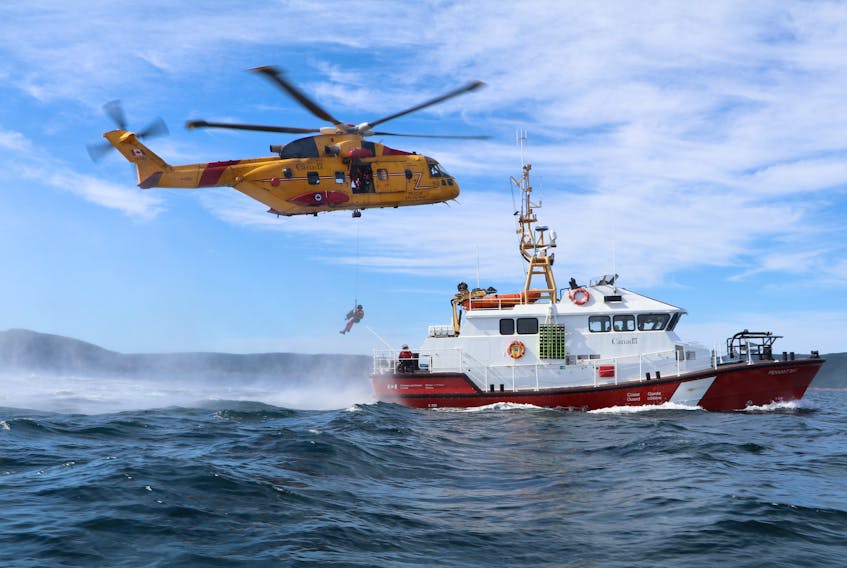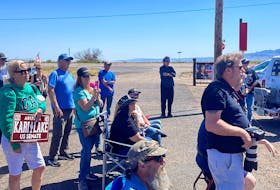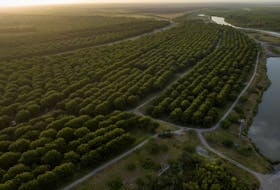GANDER, N.L.
The 103 Search and Rescue squadron, based in Gander, continues to operate out of St. John’s, as its technicians await the removal of settled asbestos dust at their home-base hangar.
On Nov. 2, two Cormorant helicopters and crew began operating out of the Canadian Coast Guard hangar and the Air Reserve Flight Gander detachment facilities, located in the same hangar at the St. John’s airport.
Capt. Paul Hamlyn, public affairs officer with the 103 Search and Rescue Squadron, said in an emailed statement, air samples at the hangar have since come back negative and the asbestos dust does not pose a threat unless disturbed.
While military personnel are still working out of the hangar, he said, this is the reason search and rescue technicians have elected not to work out of the hangar.
The plan is to get the dust removed before bringing the crews back. Hamlyn said the details of the cleaning process are not yet known.
He says the asbestos dust likely stemmed from the age of the building, as it existed prior to 1979, when Canada placed a ban on the manufacturing of most asbestos related products.
According to Universal Environmental Services Ltd., a non-profit organization that promotes safety and compliance in British Columbia, the presence of asbestos can still be found in homes built up to the early ‘90s.
The cancer-causing product has been used in sheet flooring, vinyl tile, linoleum, drywall joint compound or mud, stippled and smooth plaster, pipe and tank insulation, shingles, roofing felt, drain pipes, and underground piping, amongst others.
It is not known when the return to the Gander hangar will occur, and Hamlyn said the temporary move would not result in a disruption of service.
This is something Mark Dolomount, executive of the Professional Harvesters Certification Board, finds reassuring.
Dolomount said search and rescue is a “critically” important service for the province, as it’s often a first line of response for offshore emergencies.
While it hasn’t received any complaints from professional harvesters, Dolomount said the board looked into the matter itself.
“Knowing that search and rescue is not going to be impacted by this (temporary) move is certainly comforting to us,” he said.
More on asbestos can be found here.









